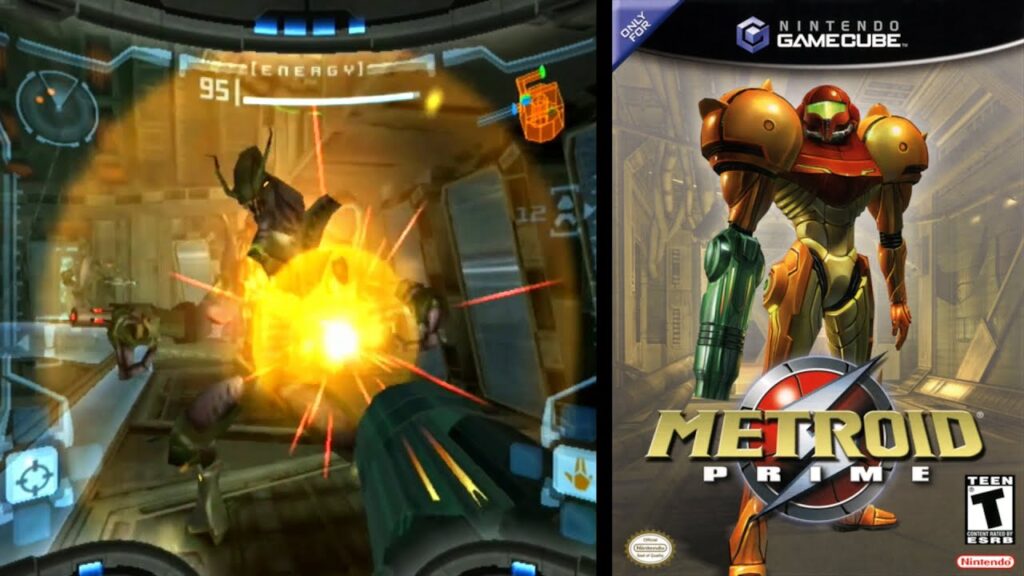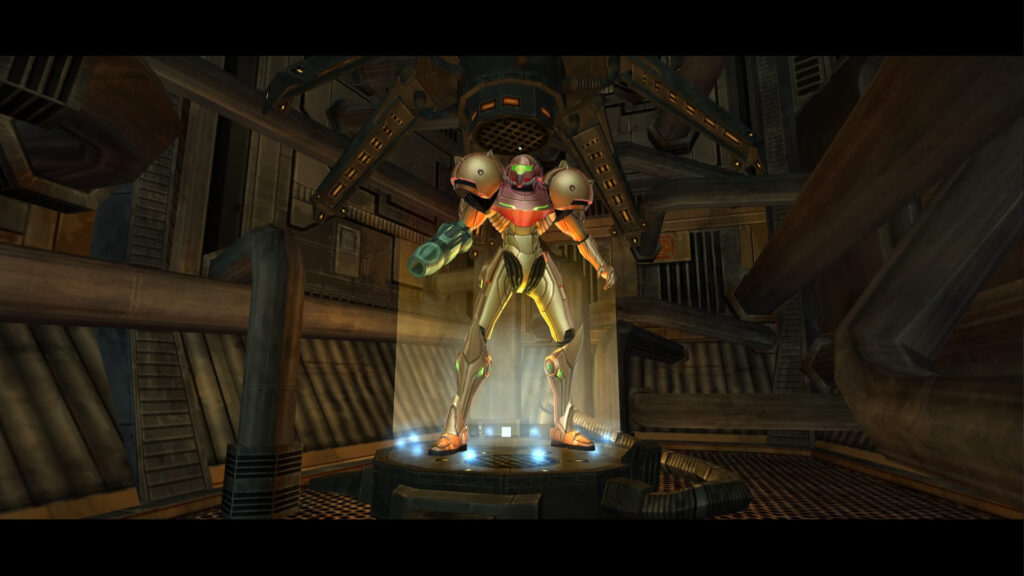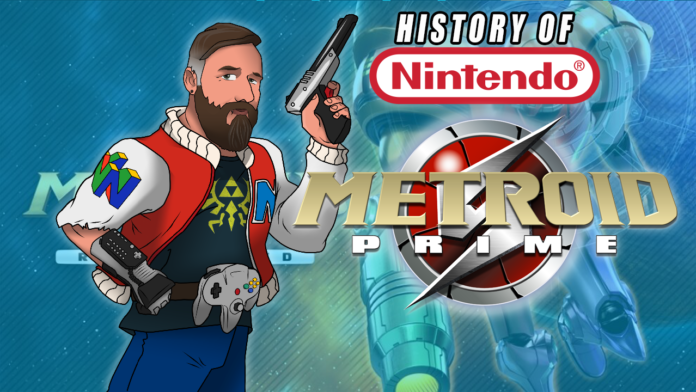The History of Nintendo and Metroid Prime
History of Nintendo: Metroid Prime is a first-person action-adventure game developed by Retro Studios and published by Nintendo. Released in 2002, it marked the transition of the Metroid series from 2D to 3D gameplay. The game follows Samus Aran, a bounty hunter, on her mission to stop the Space Pirates from exploiting a dangerous substance called Phazon.

Development of Metroid Prime
The development of Metroid Prime began in 1999, and it took Retro Studios almost three years to complete the game. At that time, the Metroid series had not seen a new release since Super Metroid on the Super Nintendo Entertainment System in 1994.
Retro Studios faced several challenges during the development of the game, including the shift from 2D to 3D gameplay. The team spent a lot of time designing the controls and gameplay mechanics to create a seamless transition from the original games. Additionally, Retro Studios had to create a new game engine from scratch to support the 3D graphics and gameplay mechanics.

Gameplay and Storyline
Metroid Prime’s gameplay was a departure from the traditional Metroid series formula, but it retained many of the elements that made the series popular. The game features exploration, puzzle-solving, and action-packed combat. Samus can use various weapons and abilities, such as the Morph Ball, to progress through the game’s various areas.
The game’s storyline revolves around the Space Pirates and their attempt to mine Phazon, a dangerous and powerful substance. Samus must stop them from using the substance to create a weapon of mass destruction. The game features a variety of environments, including a crashed spaceship, an icy wasteland, and a volcano.
 Critical Reception and Legacy
Critical Reception and Legacy
Metroid Prime was a critical and commercial success, with many praising the game’s immersive atmosphere, intuitive controls, and captivating storyline. It won several awards, including Game of the Year, and sold over 2 million copies worldwide.
The success of Metroid Prime led to two sequels, Metroid Prime 2: Echoes and Metroid Prime 3: Corruption. These games continued to build on the gameplay mechanics and storyline established in the first game.
In conclusion, Metroid Prime marked a significant turning point for the Metroid series, as it successfully transitioned from 2D to 3D gameplay while retaining the elements that made the series popular. The game’s critical and commercial success ensured the continued success of the series and cemented its place in the history of Nintendo.



 Critical Reception and Legacy
Critical Reception and Legacy


